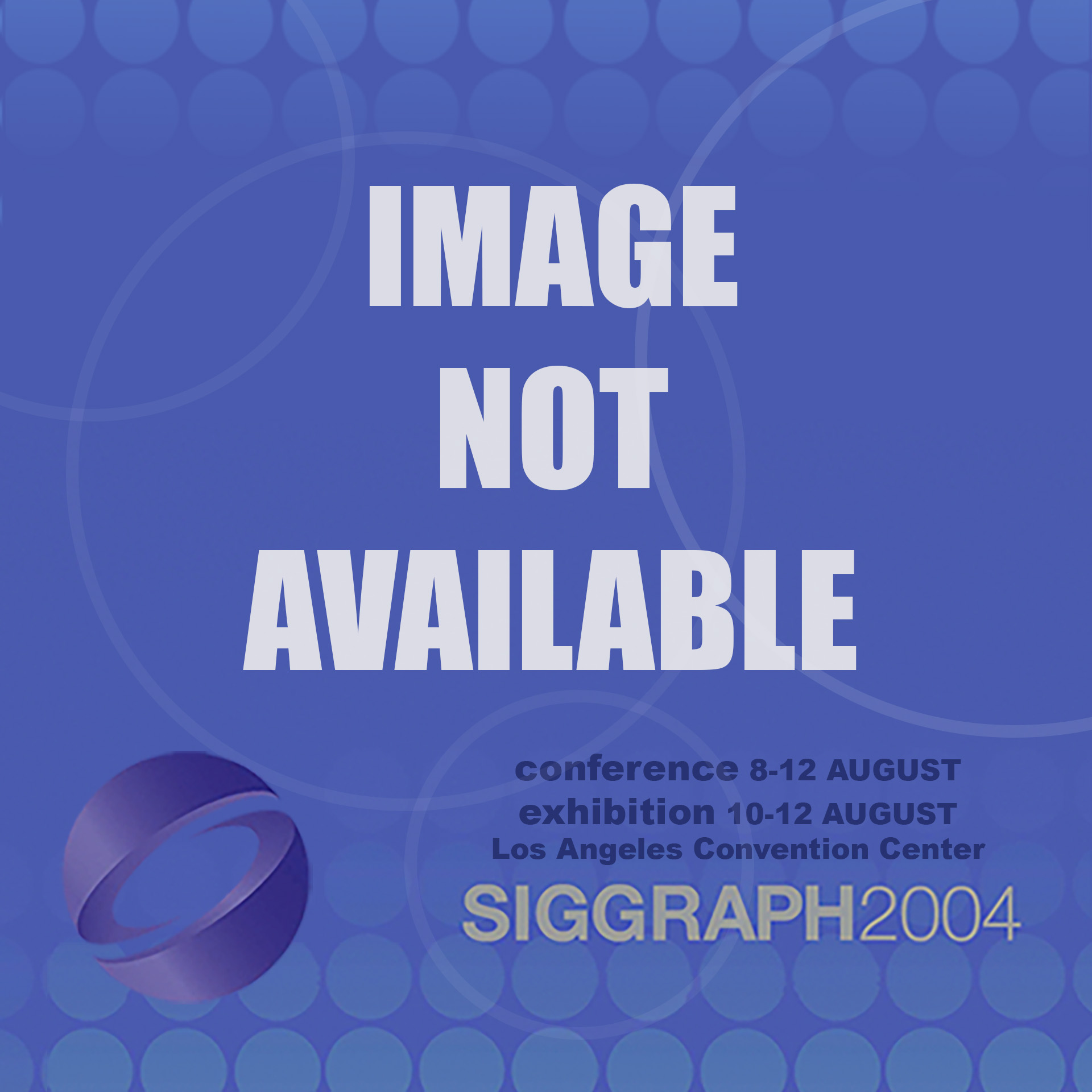“The Noetic Connection: Synesthesia, Psychedelics, and Language” by Slattery
Conference:
Type(s):
Title:
- The Noetic Connection: Synesthesia, Psychedelics, and Language
Presenter(s)/Author(s):
Abstract:
The literatures that touch on synaesthesias – scientific, art-historical, literary, phenomenological, ethnographic, psychedelic – vary widely in their definitions, their interpretations, and their degree of comfo with the first-person, subjective nature of experiential reports. The signi cances given to synesthetic experiences are similarly wide ranging. This paper explores the relationships among synaesthesias, psychedelic experience, and language, highlighting Terence McKenna’s synesthetic language experiences on DMT and magic mushrooms. We describe the complexities of creating and pe orm ing with the Synestheater, a system that provides the means to weave together, in multiple mappings, two or more complex visual, aural, and linguistic systems in live pe ormance.
References:
1. Abram, D. (1997). The spell of the sensuous. New York: Vintage Books.
2. Arguelles, J.A. (1975). The transformative vision: Reflections on the nature and history of human expression. Berkeley and London: Shambala.
3. Cytowic, R.E. (1995). Synaesthesia: Phenomenology and neuropsychology, a review of current knowledge. Psyche, An Interdisciplinary Journal of Research on Consciousness, 2(10).
4. Dobkin de Rios, M. & Janiger, O. (2003). LSD: Spirituality and the creative process. Rochester, Vermont: Park Street Press.
5. Doyle, R. (2003). LSDNA. In P. Thurtle & R. Mitchell (Eds.). Semiotic Flesh: Information and the Human Body. Seattle.
6. Fischer, R. (1971). A cartography of the ecstatic and meditative states. Science, 174(4012).
7. Harrison, J. (2001). Synaesthesia: The strangest thing. Oxford: Oxford University Press.
8. Kluver, H. (1966). Mescal and the mechanism of hallucinations. Chicago: University of Luna, E. & Amaringo, P.C. (1999). Ayauasca visions: The iconography of a Peruvian shaman. Berkeley: North Atlantic Books.
9. Marks, L.E. (2000). Synaesthesia. In E. Cardeña, S. Lynn & S. Krippner (Eds.). Varieties of Anomalous Experience: Examining the Scientific Evidence. Washington, DC: American Psychological Association.
10. McKenna, T. (1991). The archaic revival. San Francisco: Harper.
11. Munn, H. (1973). The mushrooms of language. In M. Harner (Ed.). Hallucinogens and Shamanism. Oxford: Oxford University Press.
12. Narby, J. (1998). The cosmic serpent: DNA and the origins of knowledge. New York: Putnam.
13. Pahnke, W.N.(1971). The psychedelic mystical experience in the human encounter with death. Psychedelic Review, 11.
14. Porush, D. Telepathy: Alphabetic consciousness, VR, and post-modern presence. University of Warwick Conference on Virtual Futures.
15. Ternaux, J-P. (2003). Synaesthesia: A multimodal combination of senses. Leonardo, 36(4).
16. Vaults of Erowid. www.erowid.org




